AI - A GOLDEN OPPORTUNITY IN THE ERA OF SMART AGRICULTURE
According to statistics from the Ministry of Agriculture and Environment , the agricultural sector currently accounts for nearly 12% of GDP and employs over 30% of the country's workforce. However, the productivity, quality and competitiveness of Vietnamese agricultural products are still low, largely due to dependence on manual farming and experience. Meanwhile, AI is opening new doors with applications ranging from collecting environmental data, identifying pests, forecasting weather to optimizing farming processes.
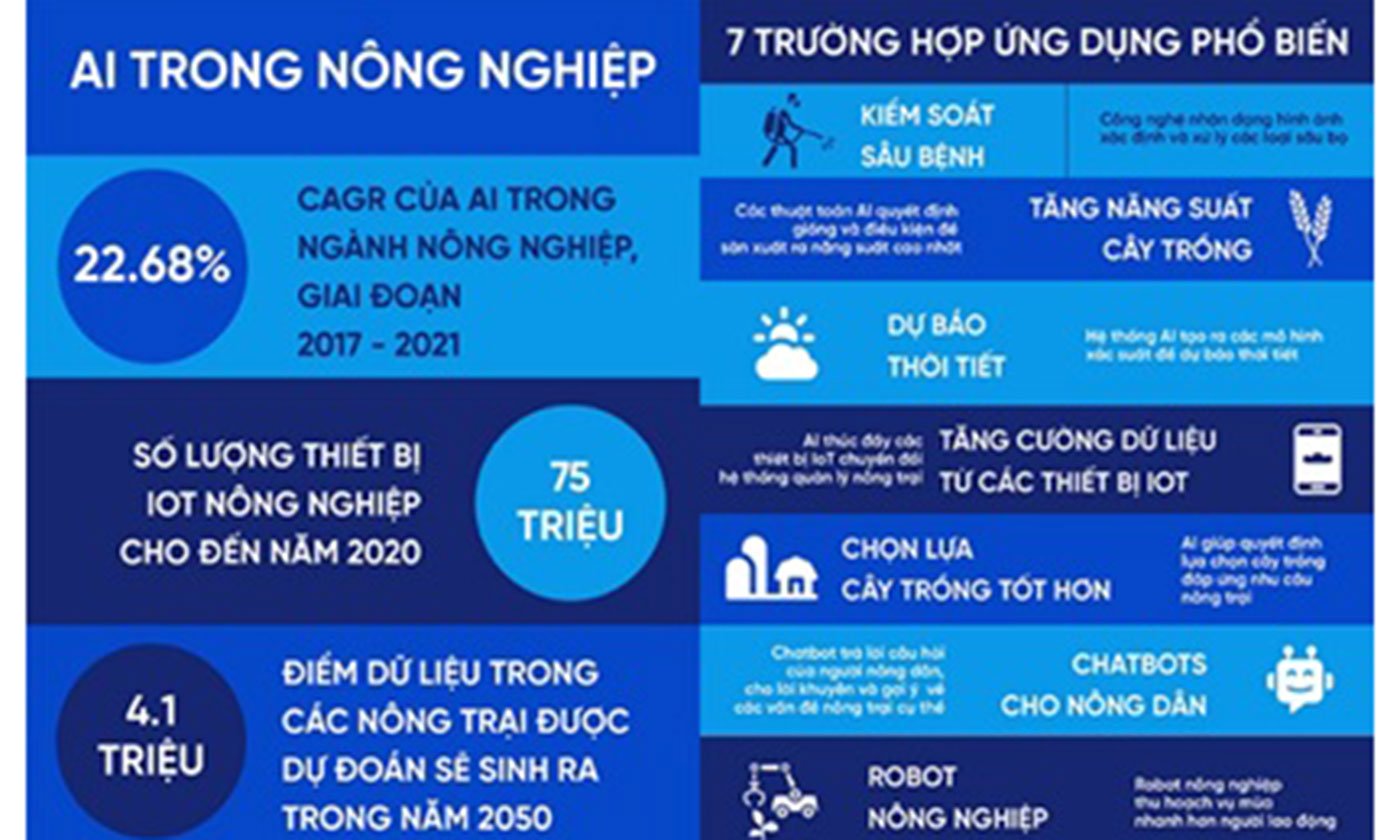 |
| AI in agriculture (Source: digital.fpt.com ). |
Growing crops depends heavily on the weather, but in increasingly severe climate change conditions, relying on experience is no longer enough. AI can process large amounts of data from satellites, ground sensors, and meteorology to produce accurate weather forecasts down to the field, hour by hour. This helps farmers proactively adjust their planting, irrigation, and pest control schedules, minimizing risks and yield losses.
The National Center for Hydro-Meteorological Forecasting has deployed a detailed weather forecasting system, providing information on temperature, humidity, rainfall and wind direction at each hour. This system supports farmers in planning their cultivation in accordance with weather conditions, especially in avoiding unseasonal rains and preventing pests and diseases.
Applying AI in weather forecasting not only helps farmers minimize risks, but also optimizes the use of water resources, contributing to the sustainable development of the agricultural sector.
Computer Vision is a field in AI that allows computers to “see” and analyze images similar to humans. In agriculture, this technology is applied to monitor crops by using cameras and sensors to collect images, then analyze them to detect early signs of abnormalities such as leaf spots, stem borers, mold, or signs of nutritional deficiencies. This early detection helps farmers intervene promptly, minimize damage and limit the use of pesticides, towards sustainable agriculture and food safety.
 |
| Taking care of large fields with Drone AI (Source: Saigon Giai Phong Newspaper). |
Through cameras combined with AI, crops are monitored 24/7 to detect abnormalities such as leaf spots, stem borers, or mold. The system uses computer vision technology to help farmers in a Mekong Delta province reduce pesticide use by 40% thanks to early detection and localized treatment. This is not only a solution for productivity, but also for organic agriculture and food safety.
AUTOMATION OF HARVESTING AND SORTING PROCESS
In the context of Vietnam's agriculture transforming towards modernization and high-tech application, automating the harvesting and sorting process of agricultural products has become an essential solution to improve production efficiency and product quality. The use of AI-integrated robots helps to automatically identify the ripeness of fruits through advanced image analysis systems. Thanks to that, robots can accurately determine the best harvest time, ensuring that the fruits are harvested at a ripe state, preserving their nutritional value and aesthetic quality.
At the same time, automation reduces labor costs, reduces human errors, and increases productivity and product consistency. This plays an important role in helping Vietnamese agricultural products improve their competitiveness in the domestic and international export markets, where quality standards are increasingly stringent.
The Vietnam Institute of Technology Application and Development (VISTA) has conducted research and manufactured a robot to harvest fruits, including peppers, cucumbers, and tomatoes. The robot is equipped with a 3D sensor system and uses machine learning to analyze and process data, helping to identify the ripeness of the fruit and perform the harvest automatically. This project shows the potential for applying robots in Vietnamese agriculture.
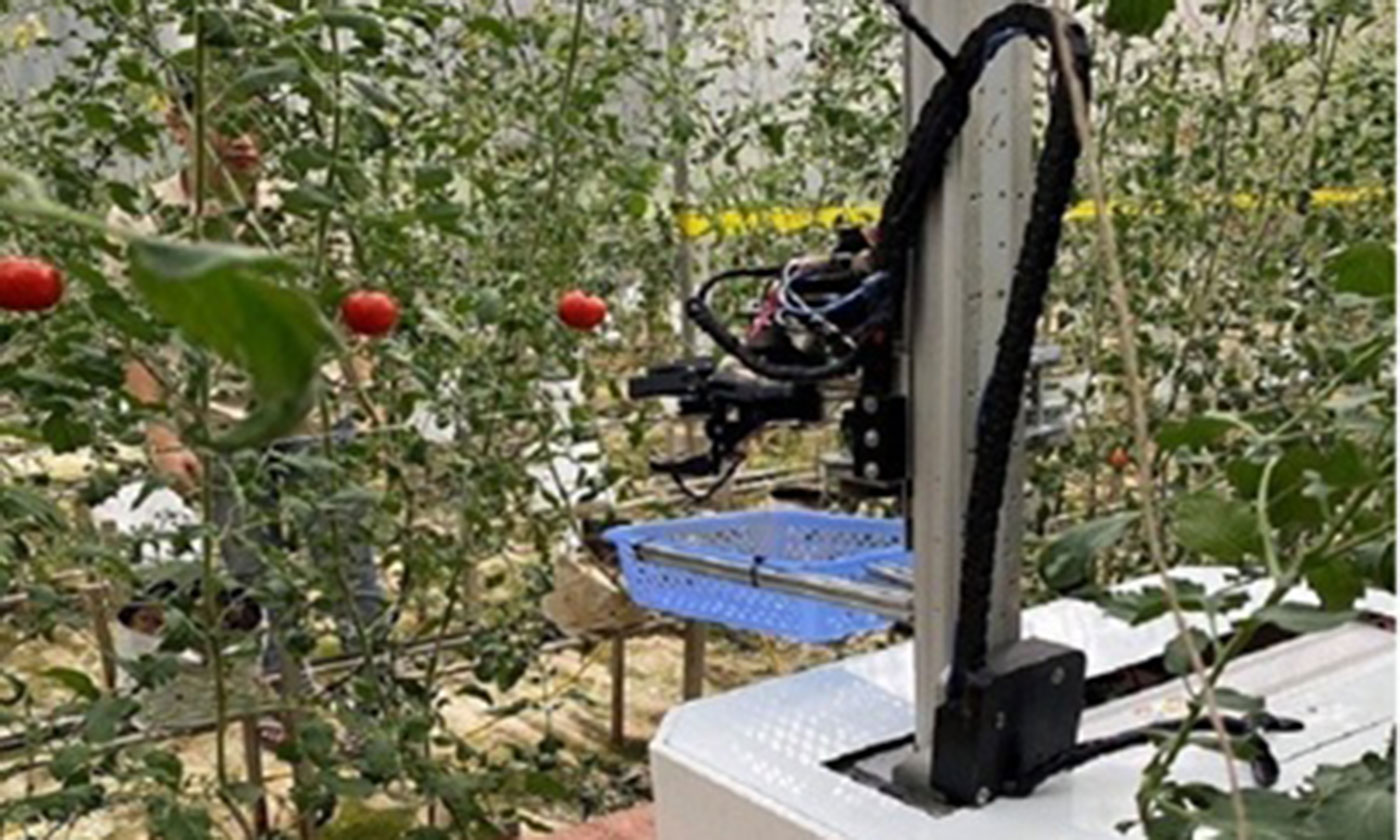 |
| Automatic fruit harvesting robot (Source: www.vista.gov.vn). |
Blockchain provides a decentralized data storage system that ensures transparency and immutability, while AI supports big data analysis and processing, helping to identify and predict information accurately. When combined, these two technologies create a powerful platform for tracking and verifying the entire food supply chain, from production to consumption. This not only increases consumer confidence, but also helps businesses comply with international standards and enhance brand value.
In Dong Thap province, many cooperatives have applied blockchain technology to trace the origin of products, especially for Cat Chu mangoes. My Xuong Cooperative is a typical example, when applying blockchain technology to trace the origin of mangoes. Each mango is attached with a QR code, allowing consumers to look up information about the production process, distribution and product quality. Thanks to that, My Xuong Cooperative's products have been exported to demanding markets such as Japan and Korea, contributing to significant revenue growth.
If AI is considered a new crop in the digital transformation era, then Vietnam’s agricultural sector needs a systematic planting plan – where policy, knowledge and practice converge to create sustainable results. In that journey, the roles of the three parties – the State, scientists and farmers – become more urgent than ever.
First of all, the State needs to play the role of “midwife” in the technology transfer process, not only by issuing preferential credit mechanisms, but also through financial support so that farmers and cooperatives can access modern technological equipment. At the same time, there should be policies to encourage businesses to invest in researching AI solutions suitable for small scale and specific farming conditions of each region.
At the same time, the education and research system - including universities and specialized institutes - needs to proactively expand the digital skills training network for farmers. Short courses and direct local instruction programs can help farmers access technology in a simpler, more practical and effective way instead of just stopping at theory.
Finally, an equally important factor is changing the production mindset. From small, fragmented models, farmers need to be supported to gradually shift to cooperation, data sharing and centralized technology application. Only the consensus of those who directly “sow the seeds” can help AI truly take root, grow and produce sweet results in Vietnamese fields.
QUYNH TRAM - PM
Source: https://baoapbac.vn/kinh-te/202506/tri-tue-nhan-tao-ai-chia-khoa-tai-dinh-hinh-nen-nong-nghiep-1044307/








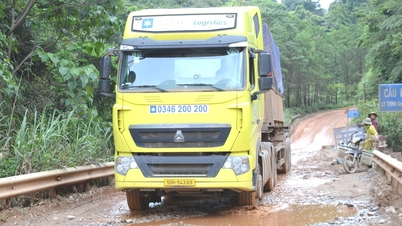

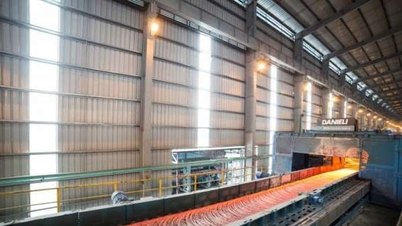

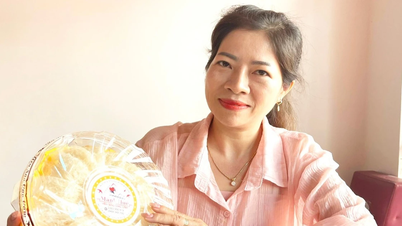



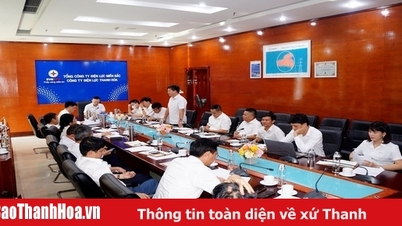

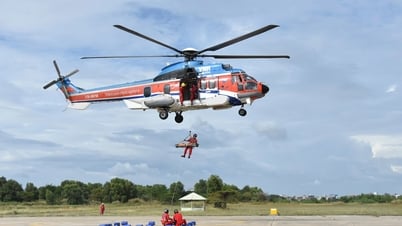





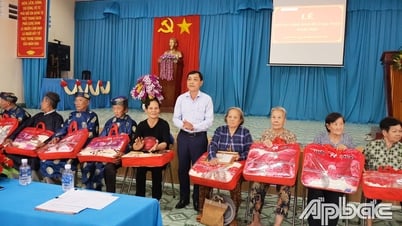


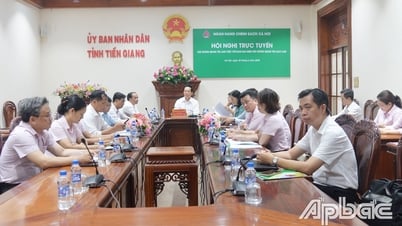
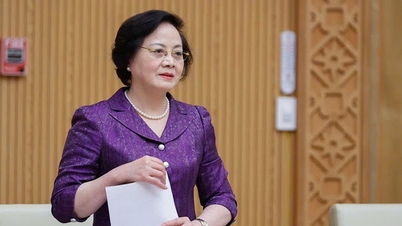



































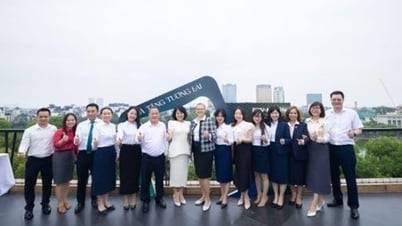














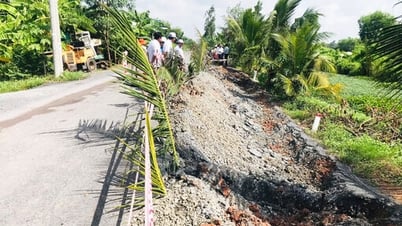
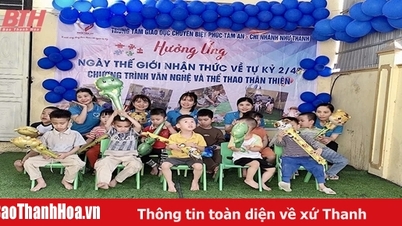
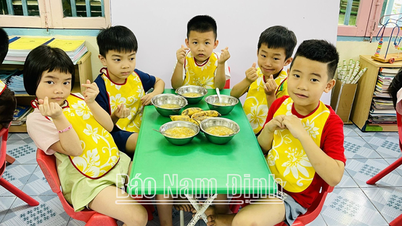










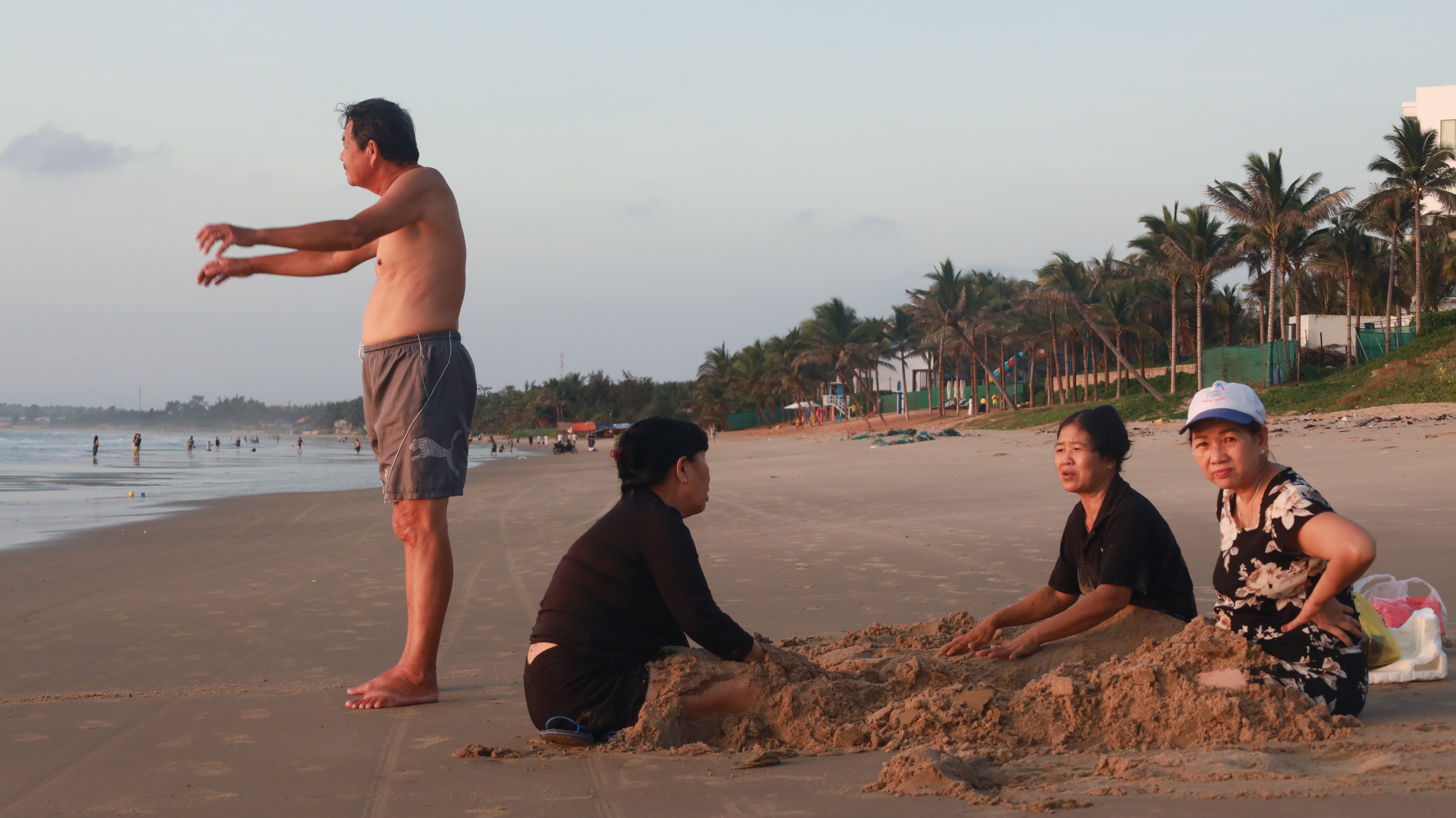

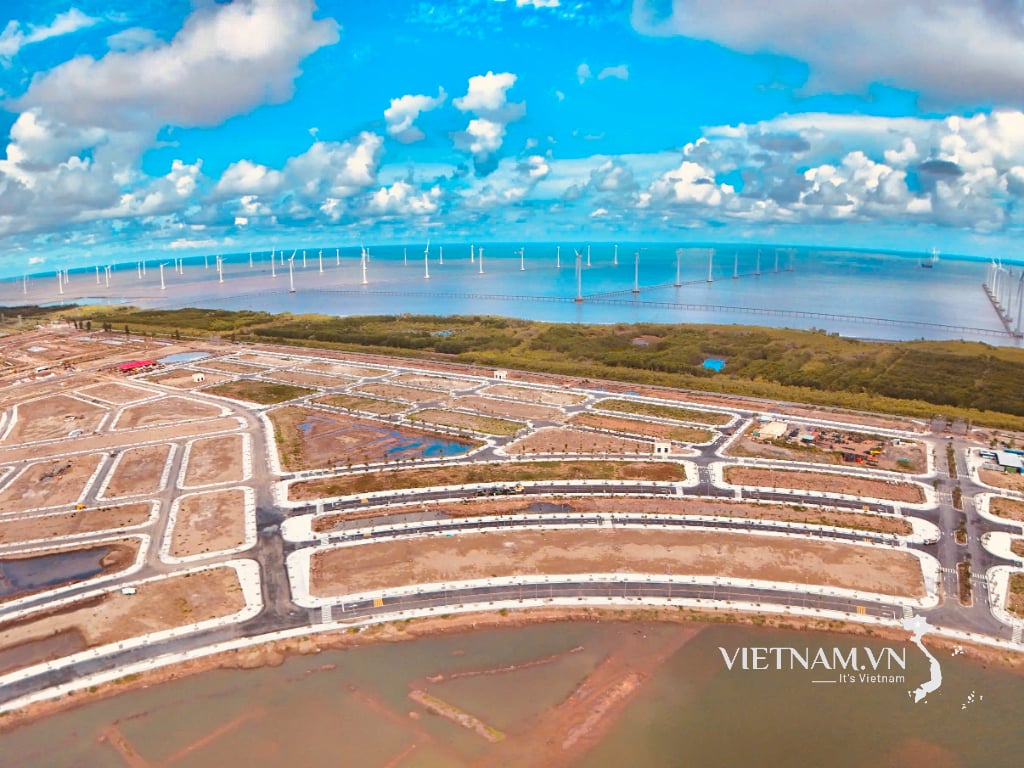
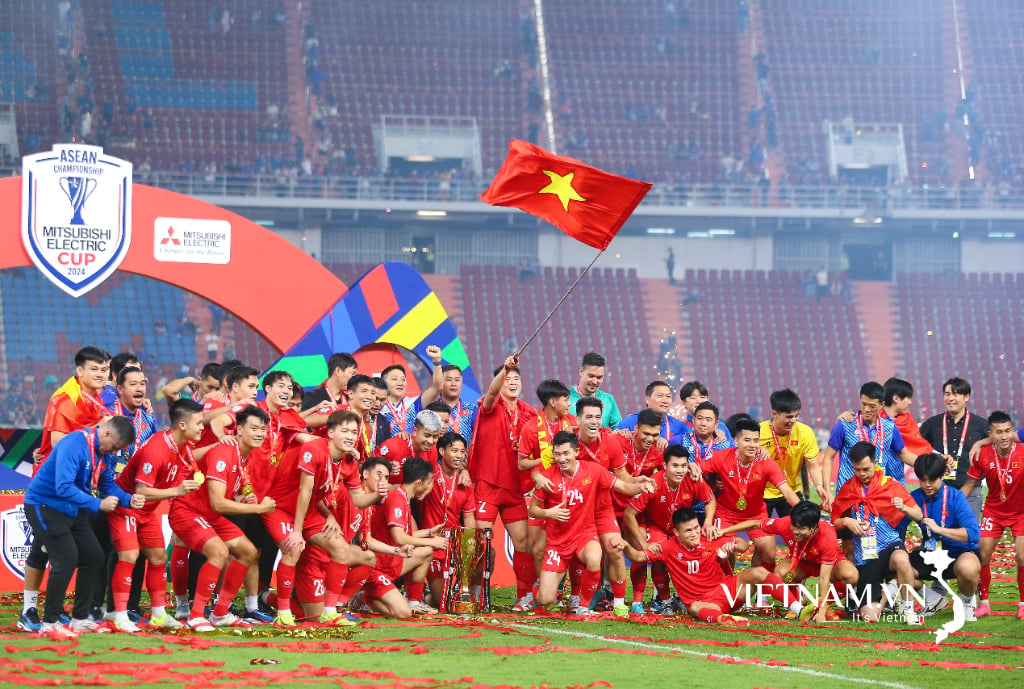
Comment (0)